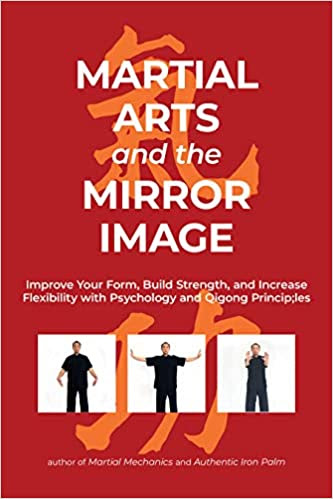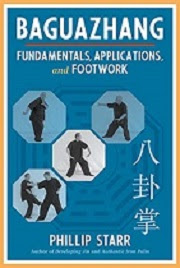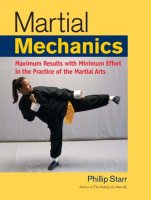by Phillip Starr
Foo.
Past masters of these arts regularly used resistance exercises to toughen and strengthen certain muscles and muscle groups. There's no such animal as a martial art that requires NO STRENGTH to be used effectively. Most, if not all, of the neijia Masters of times past regularly practiced forms of resistance training, from weights to various other apparatuses. And anyway, stance training (standing in deep stances that stress the legs and hips) are actually forms of resistance training, right? Heck, push-ups, leg lifts, and the like are all forms of resistance training that make use of your body weight.
On the other hand, any so-called martial art that emphasizes the development of large muscles and requires the use of much strength in its application isn't what it claims to be. As Master Seiyu Oyata (10th dan, dec.) told me, “Any martial art that requires a lot of strength to be effective is not really a martial art. Martial arts were developed so that the small and weak could overcome the large and strong.” And he was living proof of that.
In generations past, a wide array of devices were employed in resistance training. These included iron geta, “locks” (usually made of stone or concrete, they were quite similar to today's kettlebells), nigiri-gami (wide mouth jars that were filled with stones or sand, iron balls (usually quite large), and so on. Improvements in technology today enable practitioners to utilize modern ankle and wrist weights, dumbells and barbells, kettlebells, stretch-cords (surgical tubing works very well) and a wide variety of other such training aids. Different styles of gong-fu and karate seem to prefer different pieces of equipment. And most of them can be used into old age, I know; I use a number of them every day!
It's absolutely essential that one learns to train correctly and not hurry or over-do lest one injure oneself. Proper training enhances one's technique as speed and strength are very gradually increased. Such training is also excellent for overall health, including those of us who are now “senior citizens.” Resistance training comes in many forms; using one's own body weight is very common. For instance, push-ups, pull-ups, leg lifts, and holding a static horse-riding stance are a few such resistance exercises. A partner can be sometimes be used to assist with them (if the student is fit enough to handle such exercises). I remember standing in a horse-riding stance and having a partner holding onto my shoulders as he stood on my legs from behind. Then I'd have to squat down a bit...up and down for several reps. And with a classmate on our backs, we'd advance forward in a forward stance, being careful not to rise up (lest our teacher berate us) or stumble.
If you practice such exercises, it's important to train with them very regularly. Intermittent training pretty much guarantees injuries.




.jpg)

.jpg)
.jpg)














No comments:
Post a Comment